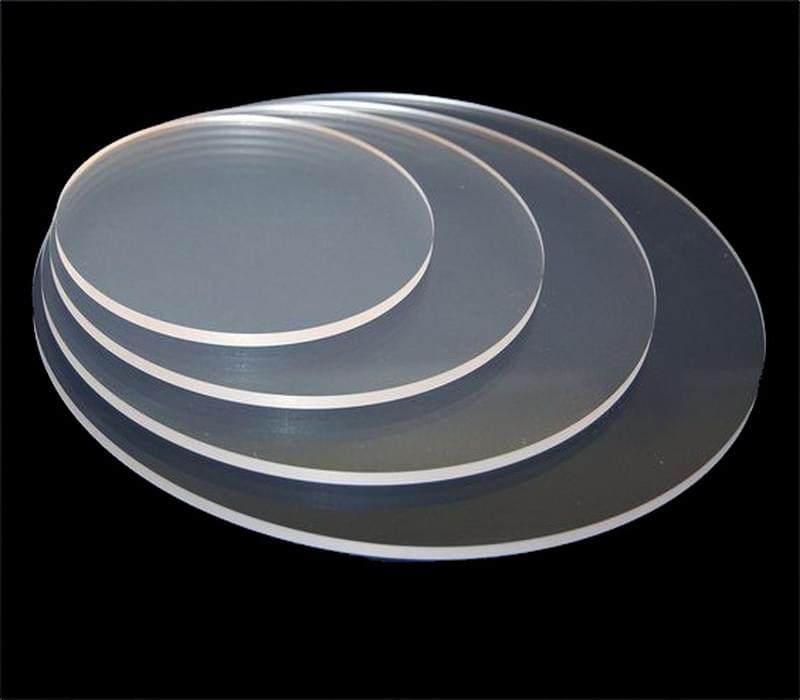Acrylic, also known as Plexiglas or Perspex, is a versatile and widely used material that has gained popularity as a potential alternative to glass in various applications. With its unique properties and advantages, many people wonder if acrylic can truly replace glass. In this article, we will explore the characteristics of acrylic and compare them to glass, discussing the potential applications and limitations of both materials.

Properties of Acrylic:
Acrylic is a type of thermoplastic that is lightweight, shatter-resistant, and transparent. It is available in various grades and thicknesses, offering flexibility in terms of design and applications. One of the key advantages of acrylic is its impact resistance, which makes it significantly more durable than glass. Acrylic is also known for its excellent weatherability, as it resists yellowing and maintains its clarity over time.
Advantages of Acrylic:
- Safety: Acrylic is a safer alternative to glass, especially in environments where breakage is a concern. Unlike glass, acrylic does not shatter into sharp, dangerous shards when impacted. Instead, it tends to crack or break into larger, dull-edged pieces, reducing the risk of injury.
- Weight: Acrylic is much lighter than glass, making it easier to handle and install. This characteristic is particularly valuable in applications where weight reduction is essential, such as in aircraft windows or lightweight displays.
- Transparency: Acrylic offers excellent optical clarity, allowing for high light transmission. In fact, acrylic can transmit more light than glass, making it a preferred choice in applications that require maximum visibility, such as museum displays or protective barriers.
- Versatility: Acrylic can be easily shaped, molded, or bent into various forms, enabling intricate designs and customization. It can also be manufactured in a wide range of colors, giving designers greater freedom in their creations.
Limitations of Acrylic:
While acrylic offers numerous advantages, it also has some limitations that prevent it from completely replacing glass in certain applications:
- Scratch susceptibility: Acrylic is more prone to scratches than glass, requiring special care during cleaning and maintenance. Abrasive cleaning materials or rough handling can cause surface damage, affecting its clarity and appearance.
- Chemical sensitivity: Acrylic is susceptible to certain chemicals, such as solvents and some cleaning agents, which can cause clouding, crazing, or deformation of the material. It is important to use appropriate cleaning solutions recommended by manufacturers.
- Thermal expansion: Acrylic has a higher coefficient of thermal expansion compared to glass, which means it expands and contracts more significantly with temperature changes. This characteristic may limit its use in applications where dimensional stability is crucial, such as high-precision optics.
Applications of Acrylic:
Acrylic has found its place in a wide range of applications, including:
- Signage and displays: Acrylic is commonly used for signage, point-of-purchase displays, and exhibition stands due to its lightweight, transparency, and ease of fabrication.
- Architecture and construction: Acrylic is used for windows, skylights, and sound barriers, providing energy efficiency and enhanced safety features.
- Automotive industry: Acrylic is used in headlights, taillights, and interior components, offering impact resistance and design flexibility.
- Art and design: Acrylic is a popular medium for artists, offering vibrant colors, transparency, and the ability to create unique sculptures and installations.
Conclusion:
Acrylic offers numerous advantages over glass, such as safety, lightness, and versatility. Its transparency and impact resistance make it a preferred choice in various applications. However, it is important to consider the limitations of acrylic, including scratch susceptibility and thermal expansion, which may restrict its use in certain contexts. Ultimately, whether acrylic can replace glass depends on the specific requirements
